Tesla reported a 16% plunge in second-quarter net income as its worldwide sales continue to decline. CEO Elon Musk warned that there could yet be “a few rough quarters” ahead before the automaker gets its long-promised “affordable” EV into production. More from Headlight.News.
Despite an ongoing decline in sales, Tesla investors seemed to remain confident about the company’s future, especially after it rolled out its first robotaxis last month.
But fear finally set in after the Texas-based automaker reported a 16% decline in net income for the second quarter, to $1.2 billion, while CEO Elon Musk warned that Tesla is facing “a few rough quarters” to come, during an online briefing for analysts.
The key to turning things around, the CEO indicated, will be rolling out Tesla’s long-awaited “affordable EV.”
The numbers
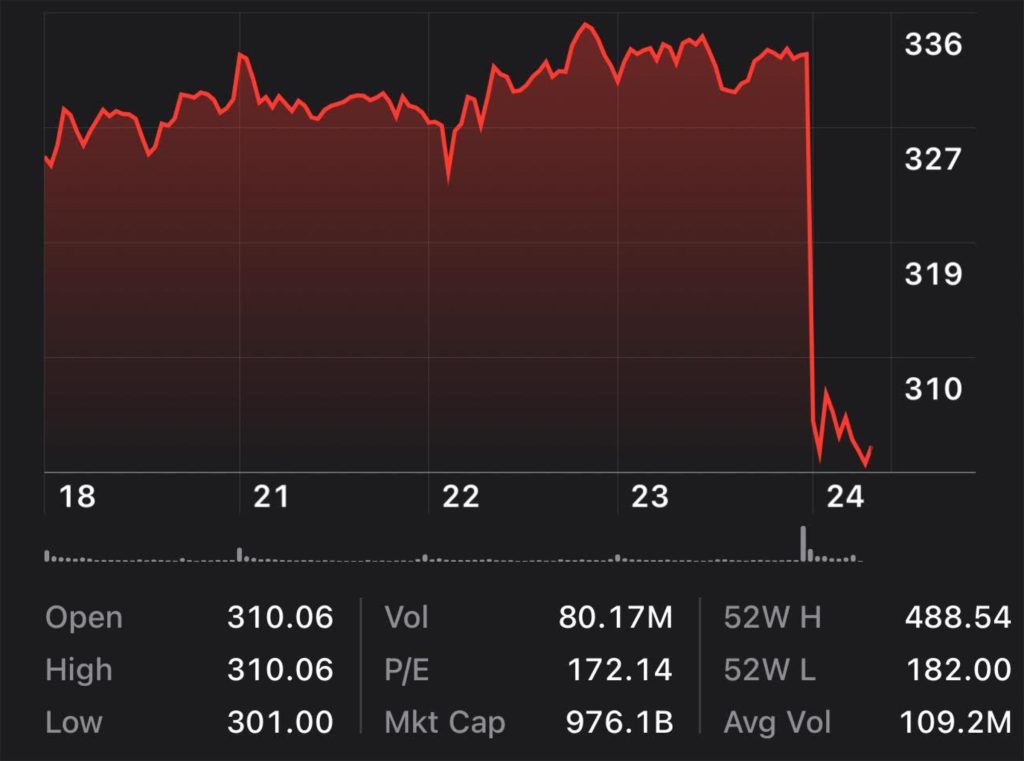 Tesla has seen a sharp decline in demand over the past year, a downturn accelerated by protests and boycotts triggered by Musk’s personal role in the presidential campaign and subsequent administration of Donald Trump – where he served as head of the Department of Government Efficiency.
Tesla has seen a sharp decline in demand over the past year, a downturn accelerated by protests and boycotts triggered by Musk’s personal role in the presidential campaign and subsequent administration of Donald Trump – where he served as head of the Department of Government Efficiency.
Global deliveries were down 13% during the second-quarter compared to a year earlier, demand in some parts of Europe off by as much as 50%. It handed over the keys to 384,122 vehicles between April 1 and June 30, generating Q2 revenues of $22.5 billion, a 12% decline.
Tesla sales in the U.S. market were down by an estimated 21% year-over-year, Cox Automotive estimated, based on nationwide registration data. The company doesn’t break out numbers on a regional basis.
Meanwhile, Tesla saw revenues from selling emissions credits tumble by half, to $439 million.
The “desire to buy is very high”
Despite the downturn in deliveries, Musk insisted “The desire to buy the car is high,” referencing the recently updated Tesla Model Y. “Just people don’t have enough money in their bank account to buy it. Literally, that’s the issue. Not a lack of desire, but a lack of ability. So the more affordable we can make the car, the better.”
Right now, the Model Y starts in the U.S. at $46,530, including delivery fees, and qualifies for federal tax credits of $7,500. But those incentives will end as of September 30 under the federal spending bill passed by Congress earlier this month.
A stripped-down version of the Model Y was launched in China and has given the brand a bit more momentum there in recent months. But Tesla has long promised to deliver a more affordable, ground-up new model which many observers have referred to as the “Model 2.” That program has repeatedly been halted and then restarted. It is back on again, according to Musk who has signaled it will arrive sometime later this year.
More Tesla News
- Tesla Calls “Absolutely False” Reports its Board Wants to Replace Musk
- Tesla’s First Robotaxis Take to the Streets
- Sales Plunging, Protests Rising, Can Musk Turn Tesla Around?
Challenges ahead
Tesla faces plenty of challenges going forward. Though its CEO has had a well-publicized split from Pres. Trump that does not appear to be helping Tesla win back core EV buyers who tend to the left on the political spectrum.
Meanwhile, the president has taken a number of steps that threaten to not only reduce EV demand, in general, but hamper Tesla, specifically. The White House last week indicated it will not seek to collect billions of dollars in fines that automakers like General Motors and Stellantis face for missing federal mileage standards between 2022 and 2025. That could completely wipe out Tesla’s sales of emissions credits – which have proved a substantial earnings stream over the years.
Then there’s the fact that the EV market is getting flooded with competition. That includes traditional brands like GM, Volkswagen, Hyundai and Toyota, start-ups like Lucid and Rivian, and emerging domestic Chinese brands, such as BYD and Geely, that have rapidly gained market share in Europe, Latin America and other regions.
Changing directions
Last month’s launch of the first small fleet of Tesla robotaxis in Austin signal the start of a new strategy for the company. Musk said he hopes to generate substantial revenue from autonomous technology – which also includes the Full Self-Driving system – by late next year.
Tesla also is pushing into a range of other high-tech sectors, including artificial intelligence and robotics.
But, even here, it faces some challenges. The company has suffered a brain drain this year, losing top personnel in a number of critical units, including the head of the Optimus Prime robotics operation.
The robotaxi business, in particular, has failed to generate much demand, the automaker revealed, clocking just 7,000 miles of paid service after four weeks of operation – averaging just 20 miles per day per vehicle.
Wall Street again rides the rollercoaster
Tesla’s weak second-quarter numbers triggered a quick sell-off by investors, the stock dropping from around $334 a share ahead of the earnings news, to a low of $301 in overnight trading. The stock has shown only slight upward momentum as of late Thursday morning.
“Investors were searching for something and not hearing it,” Gene Munster, co-found of DeepWater Asset Management, wrote to investors following the Q2 earnings call.
Tesla stock is still in better shape than it was back in March when it dropped below $230 a share. But it is even further off from the post-election high it hit, setting a 52-week peak of $488.54 a share.

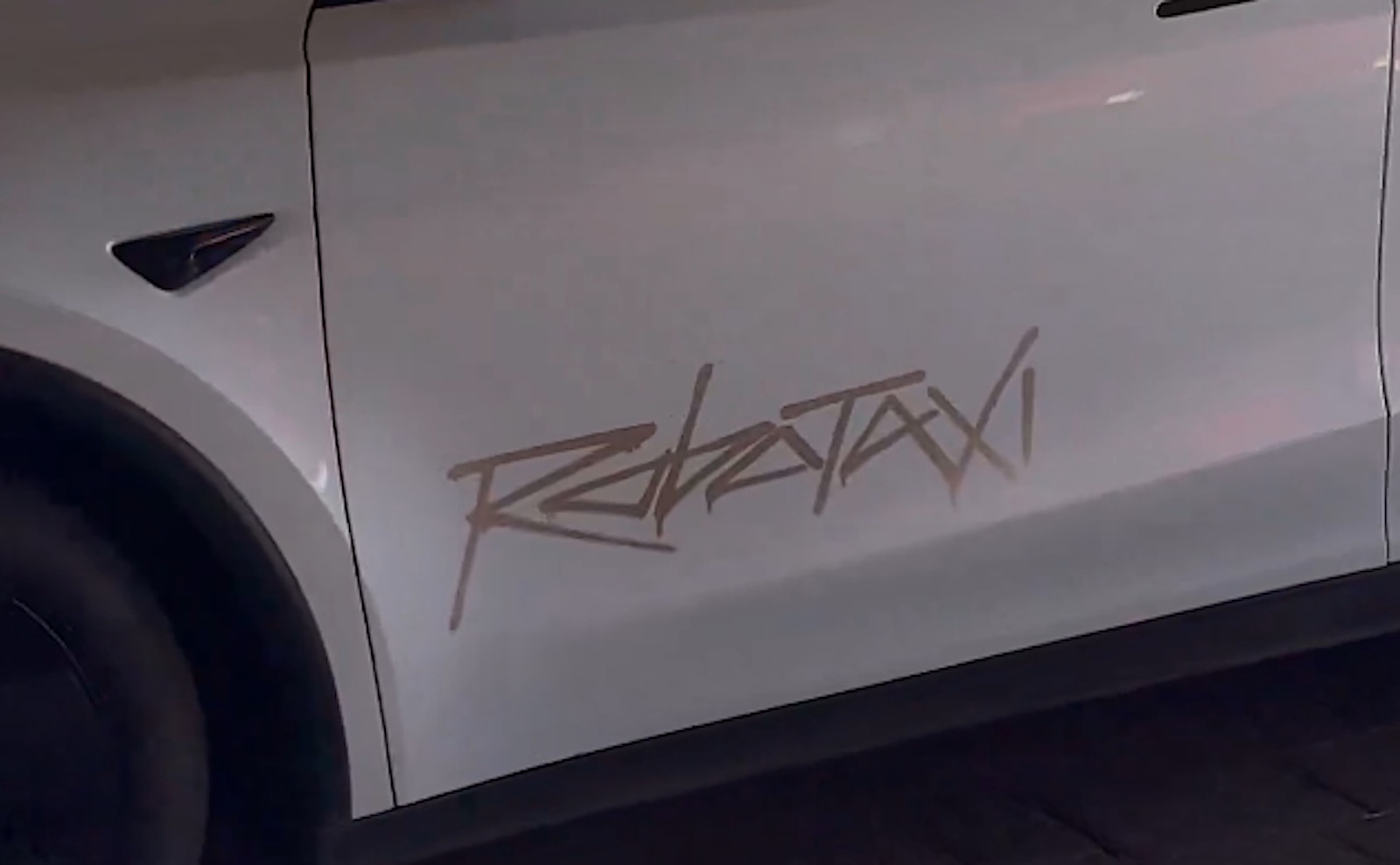
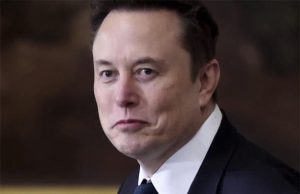
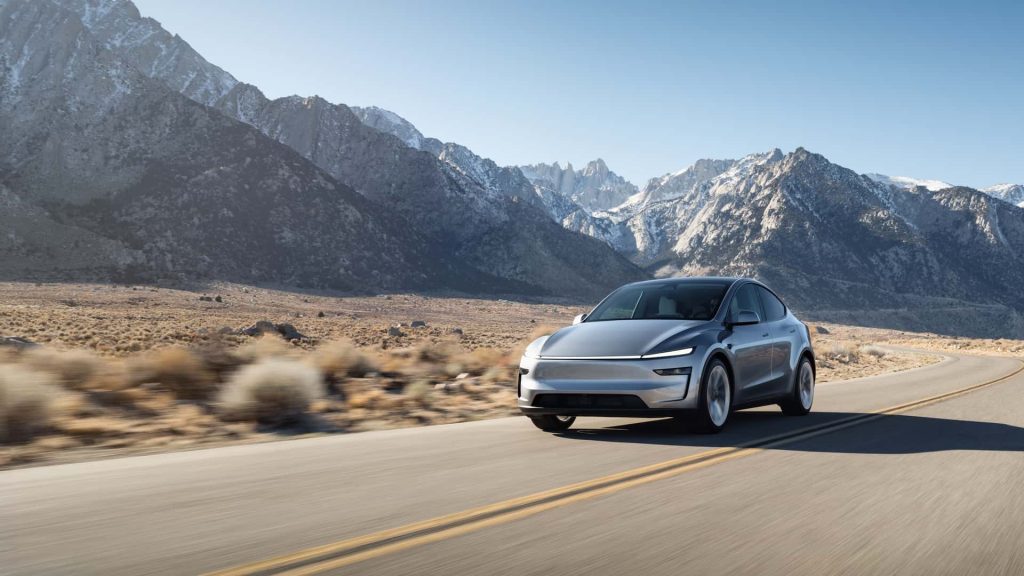
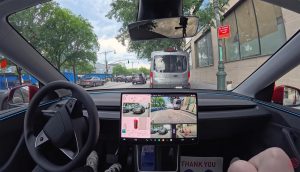
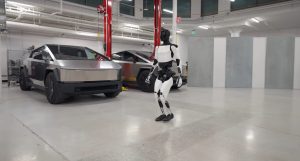

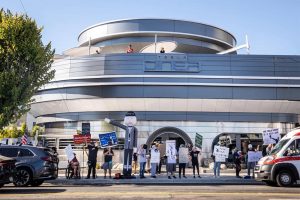

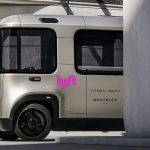

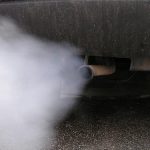
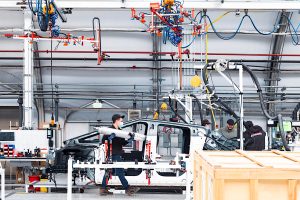
0 Comments